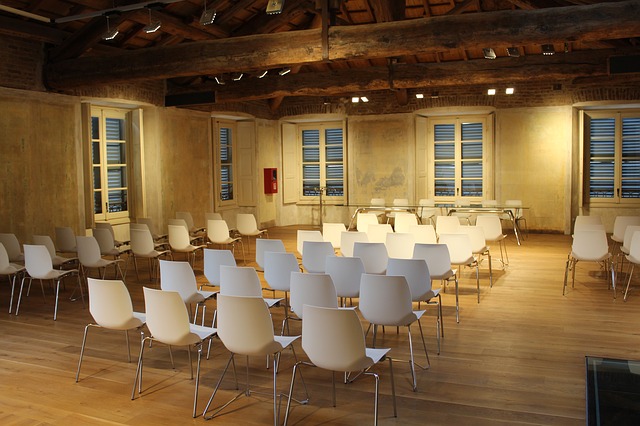How To Woo Clients With Your Next Business Conference

In marketing spiel, it’s usually classed as one of those make or break moments. Get a business conference right, and the potential business rewards can be game changing. Get it wrong however, and it can leave you with a big gap in your budget and damage to your reputation.
As such, making a great impression with clients attending a conference is a serious business. Like a lot of things, experience tends to be crucial, and those of you who have attended plenty of conferences in the past will know exactly what makes them tick and ultimately what makes them successful.
If you are lacking that crucial experience, it’s time to read on though. Let’s take a look at some of the key steps to take in a bid to make your conference great.
Location, location, location
It’s one of the most overused clichés around, but location, location, location really is paramount when it comes to these business events.
It goes without saying that the geographical location is crucial. Putting your conference in the middle of nowhere is hardly going to tempt attendees.
However, it’s also crucial to choose a suitable venue for this type of event. Trying to shoehorn a conference into office space rarely works. If your budget allows, a specialized business events building will work much better. It also adds a degree of professionalism, which is really important with this type of event as well.
Delegate packs
On the subject of professionalism, let’s move onto delegate packs. This really separates the best from the average conferences. What tends to happen at the latter are a lot of people asking what time a particular speaker is on stage, or where a stand is. In other words, without printed schedules and delegate packs, frustrations start to occur.
In truth, you really can do a lot with these packs. Some will merely detail a timetable, while others will start to talk about speakers in detail, give a page to each sponsor whilst also allowing plenty of areas for notes. A lot depends on your budget, but the trick is to at least make a little effort in this regard.
Keeping everything running on time
Another frustration which can occur for a lot of attendees is a lack of time management. This can relate to people not reaching the conference session in time due to huge queues (there’s a nice problem to have) or even speakers constantly running over their allocated time and delaying the rest of the day.
The best way to mitigate this risk is to have someone in charge of each area. Make sure that one person is controlling queues, while have someone coordinating the speakers so they are not left to their own devices.
The aftermath
A common mistake that a lot of conference organizers make is concluding the conference as soon as the doors close. There is no follow-up correspondence, even if it’s to ask how things were. Not only is it important to give your attendees a good final impression, but it can be good to retain their interest for future events as well.

